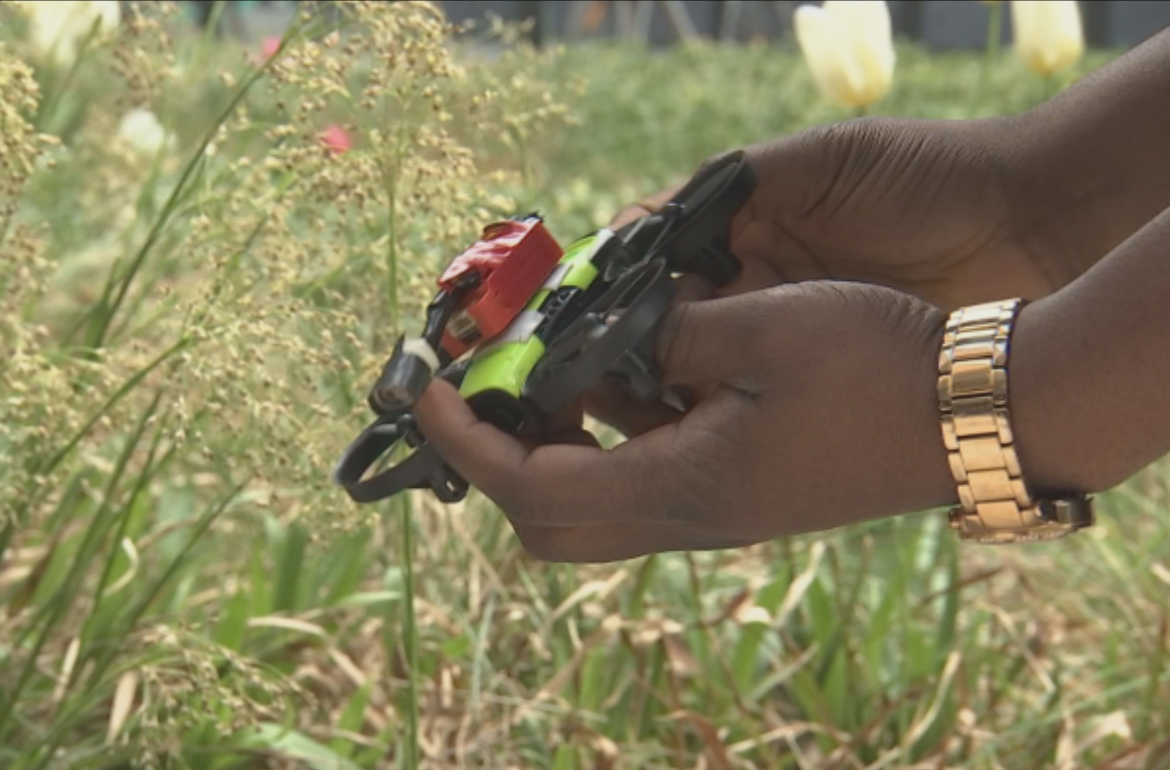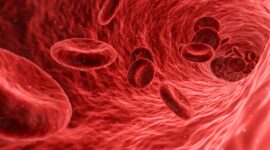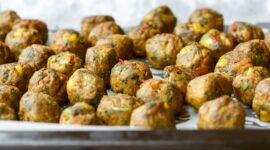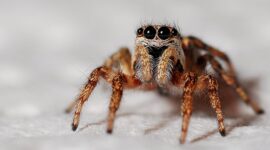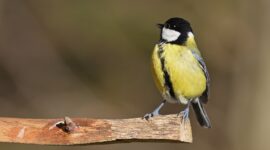Researchers at the University of Tartu are developing a palm-sized drone that would fly overhead to inspect crops. The small and inexpensive device can already distinguish rotten potatoes from fresh tubers.
Drones continue to monitor crop quality today. However, clunky drones examining the field from the air and ground can harm plants and are costly to run. That is why researchers at the University of Tartu are creating a small, lightweight nanodrone.
“Our drone includes a sensor-based computing component. There are two types of sensors: light and motion. These are significant because the light sensor detects reflections from the fruit or vegetables. The motion sensor ensures that the drone remains still when it begins to measure the fruit,” Mayowa Olapade, a junior research fellow at the Institute of Computer Science, said.
For example, the sensor in the nanodrone can detect if a banana is fresh or bad. The drone driver can also determine how many days ago the crop was harvested. In addition to maturity, the sensor can be set up to detect plant diseases and defenses, for example.
“The drones are small and easily portable. They are easy to transport to and from the field. There’s no need to leave them in the field. This makes it easy to monitor green areas in urban spaces, for example,” Huber Fores, associate professor at the Institute of Computer Science, said.
Only a prototype of the drone with a computing component is ready at the moment. Initially, it will be able to recognize six types of fruit and seven types of vegetables. The work is continuing, and, above all, the researchers are working out how to make it as easy as possible for farmers to interact with the drone.
Olapade said the drone could end up with a conversational app, a light connection, or voice commands. “You could just say, ‘Go to that banana.’ The drone will go fast and do its job,” he said.
Because a single nanodrone is the size of the palm of your hand and inexpensive, in the future, a farmer could be flying a hundred-faced flock of craters over a field.
This article was originally published on the Estonian Public Broadcasting online news portal. Written by Airika Harrik and editor Kristina Kersa.
Read more about New strategies to protect our crops and planet, a revelation from an Estonian scientist Silvia Vilumets!
 Back
Back